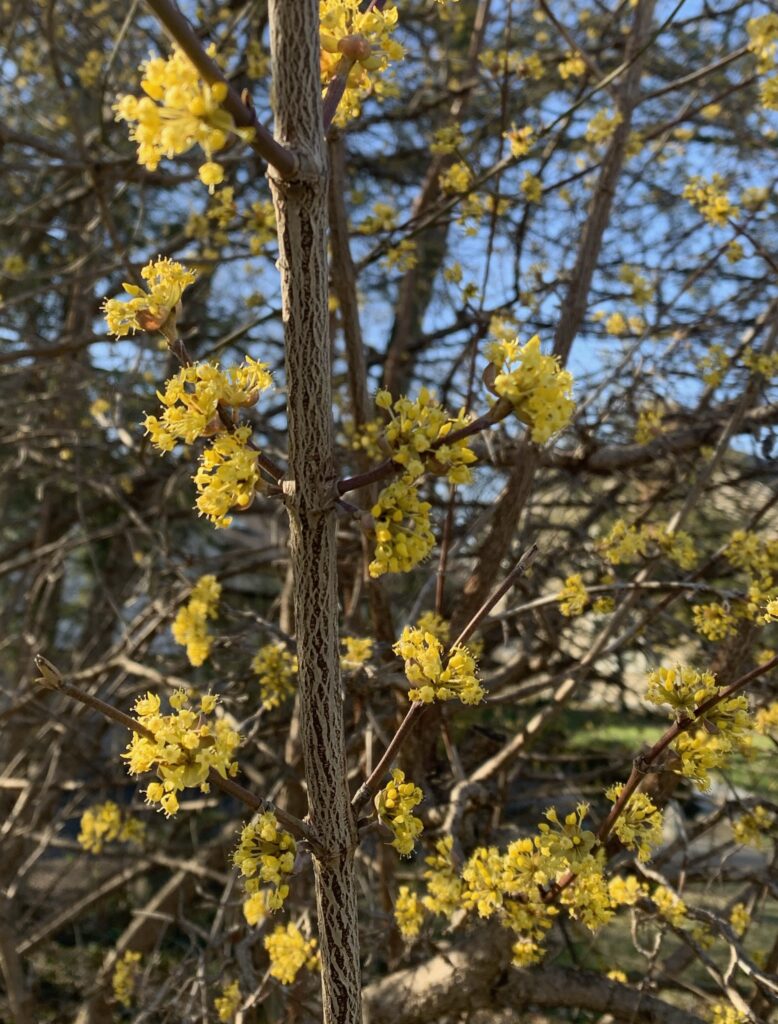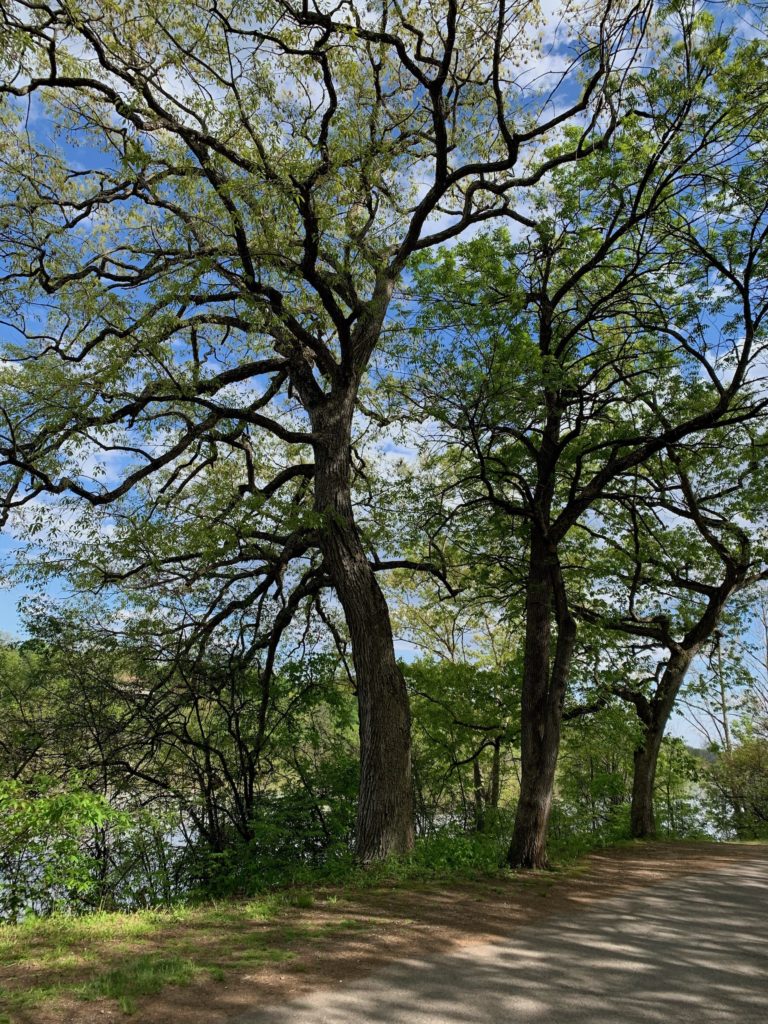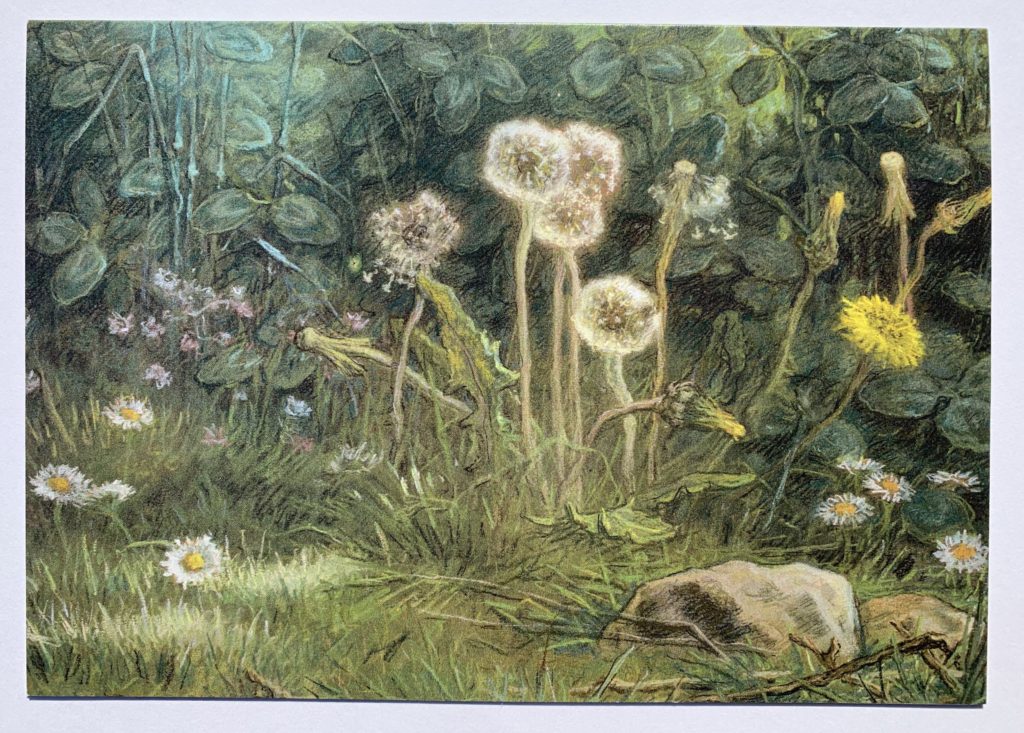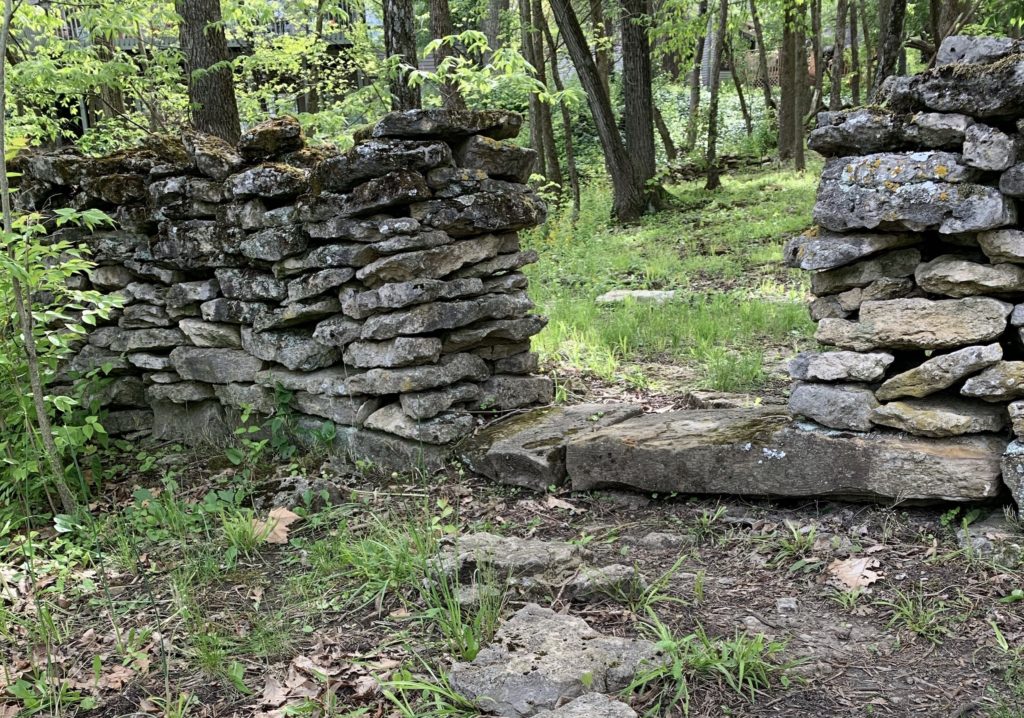Every week I look forward to a newsletter that arrives in my email on Fridays. It’s by one of my favorite artists, Susan Lynn, and offers some of her paintings and reflections, a video (music, dance, usually something fun), and a poem, in keeping with Goethe’s advice which she quotes at the bottom of every newsletter: “A man should hear a little music, read a little poetry, and see a fine picture every day of his life, in order that worldly cares may not obliterate the sense of the beautiful which God has implanted in the human soul.”
Last Friday a poem by Robert Frost was her choice. It’s a favorite that I discovered in high school when I bought a thick, green volume,“The Complete Poems of Robert Frost”, that was offered in the Book-of-the-Month Club. (Does that still exist? In those teenage years, it provided me with a wide variety of literature. My growing library prompted my mother to buy an old barrister’s bookcase to hold it.)
The poem Susan offered was “Spring Pools.” I imagine where she lives, Rockport, Massachusetts, snow is currently melting into puddles. While there are none where I am, I have seen them in the woods. Perhaps you have, too.
Spring Pools
by Robert Frost
These pools that, though in forests, still reflect
The total sky almost without defect,
And like the flowers beside them, chill and shiver,
Will like the flowers beside them soon be gone,
And yet not out by any brook or river,
But up by roots to bring dark foliage on.
The trees that have it in their pent-up buds
To darken nature and be summer woods.
Let them think twice before they use their powers
To blot out and drink up and sweep away
These flowery waters and these watery flowers
From snow that melted only yesterday.
Reading it reminded me of two other spring poems by Frost that allude to the ephemeral beauty of spring

“Nothing Gold Can Stay” begins, “Nature’s first green is gold, /Her hardest hue to hold.”
I thought of that on my evening walk. Bright sunlight lit up new buds that shone gold against the bright blue sky and the ground strewn with last summer’s now brown and brittle leaves.
This is the day which You have made; let us rejoice and be glad in it!
Psalm 118:24 Psalms for Praying by Nan C. Merrill
“A Patch of Old Snow ” reminds me of the importance of being attentive to the moment, of noticing, and how often I don’t.
A Patch of Old Snow
by Robert Frost
There’s a patch of old snow in a corner
That I should have guessed
Was a blow-away paper the rain
Had brought to rest.
It is speckled with grime as if
Small print overspread it,
The news of a day I’ve forgotten—
If I ever read it.
Moments pass quickly. How important to be present to them. I tried on my walk this evening. The air was refreshingly cold and clean. A gnarly tree stood near the first stop sign on my way. I respectfully nodded to it as I stood in silence, thinking about the intelligence of trees, their way of communicating with one another, and their thriving in community, as people are meant to do.
I listened for the red-bellied woodpecker and cardinal, both reliably noisy in my neighborhood. Stooping to see what lay on the sidewalk that ran beside a wall shaded by old trees, I picked up some small cedar cones, a delicate dried flower from last year’s vine, and a few other treasures to send to my grandnephew so he can look at them with his jeweler’s loupe.
I kept a prayer in my heart. Not memorized words but attention, awareness of enveloping Presence in all I saw and felt, gratitude for it, and the lifting of the heart to God as I moved through the waning light of the day.
To be with God we don’t always have to be in church. We can make our hearts an oratory where we withdraw from time to time to talk with Love there … A brief lifting up of the heart is enough …
Brother Lawrence in Practice of the Presence, translated by Carmen Acevedo Buthcher
Resource:




